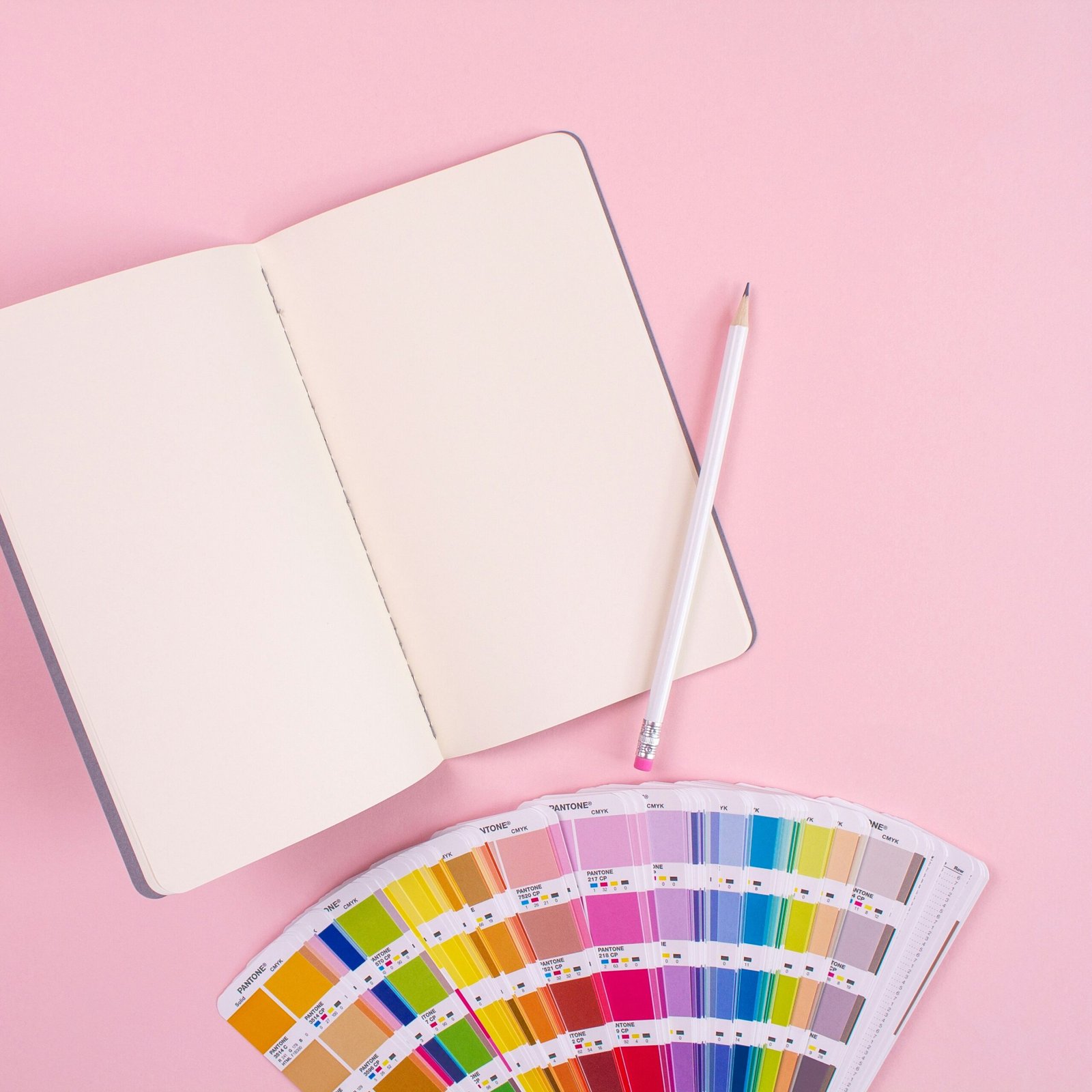Understanding the Basics of Image Design
Image design is a multifaceted discipline that involves the art of creating visual content to communicate messages. At its core, image design encompasses several key elements: color, composition, typography, and visual hierarchy. Each of these components plays a crucial role in shaping the final image and ensuring it effectively conveys the intended message.
Color is one of the most impactful elements in image design. Different colors evoke different emotions and reactions. Understanding color theory, including concepts like complementary colors and color harmony, is essential for creating visually appealing images. Composition refers to the arrangement of elements within the image. A well-composed image directs the viewer’s eye to the most important parts of the design, ensuring clarity and focus.
Typography involves the use of different fonts and text styles to add textual content to an image. The choice of font, size, and spacing can significantly affect the readability and impact of the text. Visual hierarchy is the arrangement of design elements in a way that signifies their importance. By manipulating size, color, and placement, designers can guide viewers through the content in a logical and engaging manner.
Another critical aspect of image design is understanding the target audience and the purpose of the image. Whether the image is for branding, marketing, or personal use, knowing who will view the image and what message you want to convey is essential. This understanding helps in making informed design choices that resonate with the audience and achieve the intended purpose.
Various tools and software options are available for creating images, catering to different skill levels. Beginner-friendly applications like Canva offer user-friendly interfaces and templates, making it easy for novices to create professional-looking designs. On the other hand, advanced programs like Adobe Photoshop and Illustrator provide a wide range of features and customization options for experienced designers looking to create intricate and detailed images.
Equipped with these foundational concepts and understanding the available tools, you are ready to embark on your image design journey. The following sections will delve deeper into each element, offering practical tips and techniques to enhance your designs.
Step-by-Step Guide to Creating Your Own Image
Designing your own image can be an exciting yet challenging endeavor. Begin with the planning phase, where brainstorming ideas is crucial. Start by identifying the purpose of your image, whether it’s for a social media post, a website banner, or a print advertisement. Creating a mood board can help gather inspiration and define the visual style you wish to achieve. Collect images, color palettes, typography samples, and other design elements that resonate with your vision.
Next, move on to the design phase. Choosing a color palette is essential as it sets the tone and mood of your image. Consider the emotional impact of colors and how they align with your message. Selecting appropriate fonts is equally important; ensure the typography is readable and complements the overall style of the design. Arrange the elements thoughtfully to create a balanced composition. Utilize design principles such as contrast to highlight focal points, alignment to organize your layout, and proximity to group related items, enhancing the cohesiveness of the design.
Technical aspects are also vital in image design. Set up the correct dimensions and resolution based on the platform where the image will be displayed. For web use, a resolution of 72 DPI (dots per inch) is standard, while print requires at least 300 DPI for high quality. Exporting the final image in the appropriate format is crucial; JPEG or PNG are common for web usage, while PDF or TIFF might be preferred for print.
Finally, gathering feedback is an integral part of the creative process. Share your design with peers or potential audience members to gain insights and constructive criticism. Iterative improvements based on this feedback will refine your image, ensuring it meets professional standards. By following these steps, you can confidently create a polished, professional-looking image that effectively communicates your intended message.
